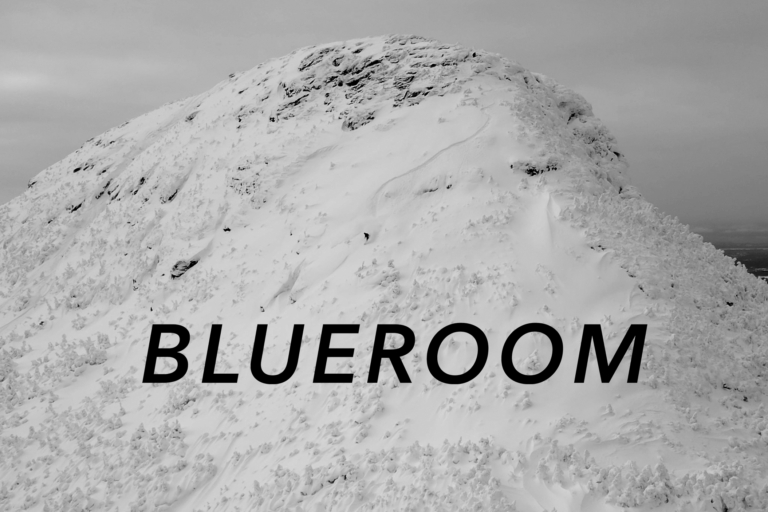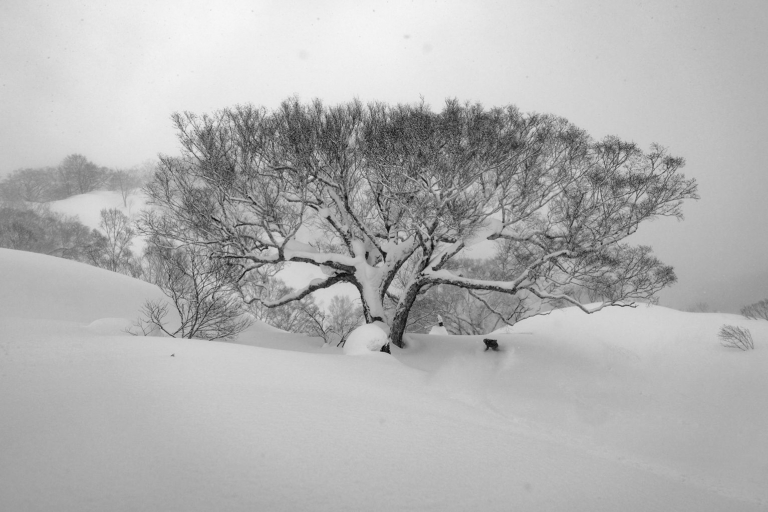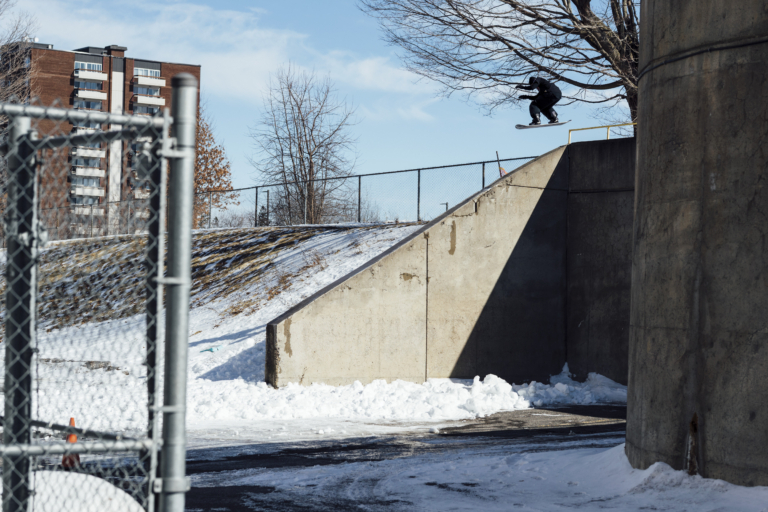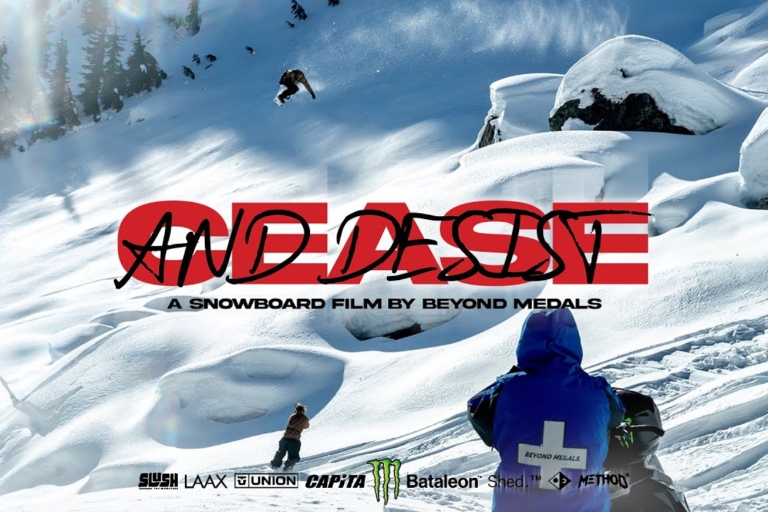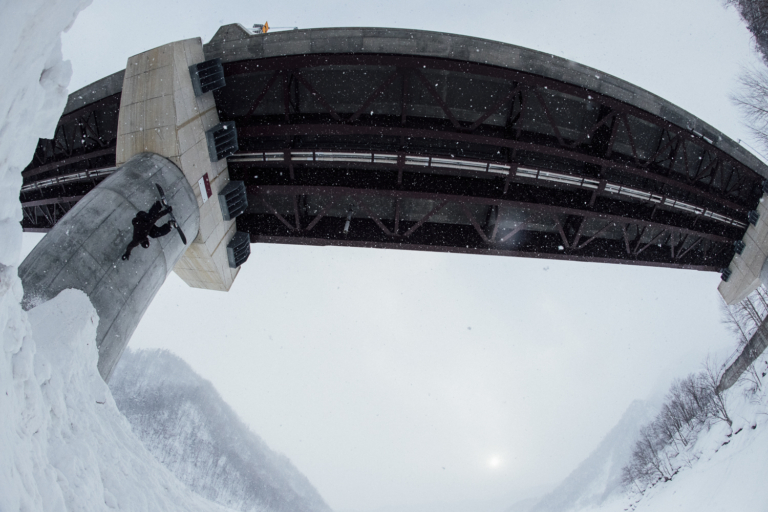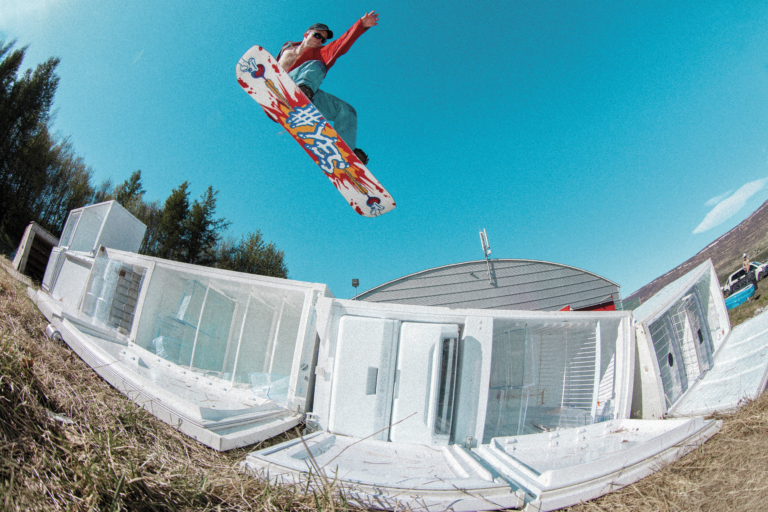Sandy Ward is a force. Her name, Kelkeláokik in her traditional language of Ucwalmícwts means The Thunder Ptarmigan. Take what you will from her traditional name, and know that Sandy holds both the force of thunder, and the transformative power of the Ptarmigan. Hailing from the Lil’wat Nation, Sandy grew up in what was then a much quieter Pemberton, B.C. Not long after making her first turns on Whistler Mountain, she was tapped by the First Nations Snowboard Team to join their competitive program. Nearly twenty years later, Sandy has explored the many corners of the snowboard industry and since evolved from instructing to guiding and mentorship, with an unblighted commitment to opening access to the outdoors for the BIPOC community. As an aspiring splitboard guide, co-founder of Indigenous Women Outdoors, and program manager of the Lil’wat Nation Qwíxwla7 ski and snowboard team, Sandy has invested her life’s path to creating space for Indigenous women and youth in the same way that the First Nations Snowboard Team did for her as a teenager. Catch her continuing the work at the Arc’teryx Backcountry Academy in Mammoth Lakes, CA this March in her clinics “Kick Turns For The Soul”, and “BIPOC in The Backcountry”. – Watson

Hey Sandy, how’s it going?
One second, I need to pull over. I’m leaving for Baker tomorrow and then I fly to Japan after that.
Oh, that’s wild, I was about to ask how your season is going, but I can tell it’s pretty busy.
Yeah, pretty wild. Just busy, busy, busy. As of tomorrow, I won’t really be home until the end of March. I have a few days here and there, but that’s it.
Okay, well since we are both sitting in our cars, why don’t you give me an overview of your evolution in snowboarding and what led you into the backcountry.
I grew up in Pemberton, which is like a half hour north of Whistler, so snow sports are just everywhere. That’s what everybody does, but I wasn’t introduced to it until I was about 15 years old because I was from the reserve and didn’t really have opportunities to go snowboarding other than with school. When I was 15, I got a job in the Whistler Village and I was watching all these people come off the mountain with skis and snowboards. So, I saved up my first couple paychecks and bought my first snowboard. That was kind of the beginning. Years later, I met my partner in New Zealand and he was a ski patroller in France. We went and did a season in Chamonix where he was patrolling and he kind of introduced me to the backcountry. We were out there, but I was on snowshoes, I didn’t get a splitboard until I got back from that season. I did like a whole season on snowshoes, which was horrible.

Especially in Chamonix.
Oh my god, my buddy took me on a 20km traverse, it was the worst thing. There were barely any downs and by the end I crawled into the parking lot.
That’s funny, people always say that nobody wants to do a traverse on a snowboard, but then you’re doing it with snowshoes carrying your snowboard.
Yeah, it was so bad, but I made it. It didn’t deter me from wanting to continue. So, I came home and bought my first splitboard and I was like okay, I need the education. I took my AST1 (Avalanche Safety Training), and while I was hitchhiking between Whistler and Pemberton to do the course, this older guy picked me up and apparently he was a ski guide. He asked why I was doing the AST1 and I was like, well maybe one day I want to be a guide. I think that would be cool since I’m already a snowboard instructor.
He basically told me that because I was on a snowboard that would never happen.
Oh my god.
So, that shut me down right then and there, and I was thinking oh well, he obviously knows, he’s a guide.
So, I pushed the idea aside and I was like, okay I’ll do this recreationally. Then I went out with my friends Rupert Davies and Marie France Roy, and they were like, “you know what would be really cool? I think you’d be really good at teaching AST1 courses. You should try to go towards that.”
Wow, there’s a contrast.
Yeah, and seeing Rupert as a splitboard guide, and then seeing Christine Feleki come up as the first female splitboard guide in the ACMG (Association of Canadian Mountain Guides), I was like, oh wow, this is a possibility. This was about four or five years ago.
So there was obviously something that flipped a switch for you after that encounter with the discouraging ski guide and you then saw snowboarders guiding. It just shows how valuable mentorship and visibility are. Do you feel like there was a specific turning point or a mentor that really helped you forge your path to where you’re at today?
100%. Marie France-Roy has been just an amazing mentor to me.
She’s been my hero since I was a teenager, for sure.
I know, right? I remember being like, oh my god, Marie France-Roy is calling me, this is crazy.
That’s cool. Let’s talk about your involvement in the Indigenous Life Sport Academy and Indigenous Women Outdoors. What encouraged you to get those things off the ground and really support them.
Well, I came from the First Nations Snowboard Team, and everything I have is because of that program. So when that turned into the Indigenous Life Sport Academy, I was trying to support as a coach. I was also trying to figure out where I was in the snowboard industry. I was trying to juggle everything and then the Indigenous Life Sport Academy announced they weren’t going to run the programming anymore, I was devastated. I didn’t know how to react. I couldn’t see the kids go without the programs that had been running for so long.
I approached the Nation and we figured out a way to continue. I took all of that on in a leadership role because I didn’t want to see the kids go without the program I came from because it’s so important. It creates such great opportunities to get kids outside and onto a healthy path for their life. I started working with the Lil’wat Nation to provide that program and now we are 50% through the first season with me running it.
We have 74 kids registered and probably 50 show up every day. It’s pretty wild.
What’s the structure of the program now that it’s evolved?
It’s a recreational program that started as the First Nation Snowboard Team, which was focused on competition and then it took a step back and that was optional for a while. When Indigenous Life Sport Academy took hold of the program, it became just recreational. It’s just to make sure the kids go out and have fun and maybe they’ll learn some skiing or snowboarding while they’re at it. It’s more geared towards health and well-being. Now, with me taking it on, it’s similar to what Indigenous Life Sport Academy did. It’s about getting the kids outside and making sure to provide an environment where the kids can thrive and enjoy the outdoors. If they progress at skiing and snowboarding, awesome. If they don’t, but they have fun, it’s all good.
And what is the name of the program since you took it over?
We now call it the Lil’wat Nation Qwíxwla7 ski and snowboard team. Qwíxwla7 means sliding in our language.
With all the work you do, how do you feel that connects you to your heritage, and how does working with the youth help you bring that heritage to life?
One of the memories that I have of the First Nations Snowboard Team was being on the bus to practice and one of the girls talking about our history in the Stein Valley. It inspired me so much at that young age that I wanted to go out and learn a little bit more about our history. I see that as an opportunity for these youth.I want to incorporate more Lil’wat history and Lil’wat culture in our environment. I’m just trying to figure out how to do that, and taking on the program in the first place was a big step and now trying to shift it towards more of a little heritage and culture is my next step. We’re in our first year though.

Well, it’s really cool to see that you’re, you know, a product of an Indigenous specific sport program and have taken your experience from there and evolved it into what you’re able to offer the next generation of youth in your area. Shifting back over to your guiding career, how has the process been?
Yeah, it’s obviously a really long process but very fulfilling because I started the Indigenous Women Outdoors backcountry program alongside Maya Antone from the Squamish Nation. It’s been a huge part of getting to where I am in my guiding career because as we all know, when you’re able to teach something, that solidifies your knowledge. So, when I run this program, I try as hard as I can to do my courses, and take what I learned in my courses and share my knowledge. It is very much an Indigenous way of learning, knowledge sharing through stories.
I’ve been pretty stoked, I’ve been able to go into all my courses knowing that I’ve had this opportunity to share and to help mentor others that are on the same path as me, so that gives me a lot of confidence when I go into a course.
You mentioned Indigenous ways of knowing and learning, and I wanted to ask what are some principles you apply to teaching and mentoring, and what guides your approach to that?
I guess humility. Knowing that I don’t know everything and the people that I’m guiding and helping, they have their own insights as well. With Indigenous Women Outdoors, we try to create a space where people are comfortable with sharing. You know, if I say something and someone says, “wait, what about this perspective?”, they are welcome to jump in. We are always taught about this expert halo as guides, right? It’s like, just because you are guiding or leading a program, doesn’t mean that you won’t miss something. Creating a space for Indigenous women to be able to jump in and share their point of view allows us all to learn together.
Yeah, there can be a lot of ego involved in the outdoors and eliminating that and giving space for people to share is so important. As you continue to evolve as a guide, mentor, and community organizer, what goals do you have for the future?
Well, personally, I just want to get to the point where I feel confident to lead the Indigenous Women Outdoors backcountry program and be able to mentor somebody else to come in and take my place eventually. For snowboarding, I think it’s so important that the youth have somebody they can look up to no matter who they are. So, for me as a Lil’wat person, having Lil’wat kids be able to look up to me and having somebody from all areas, all backgrounds, I think the kids really need that person who looks like them, and who is them to look up to. I never had that growing up.
Any last words or advice?
I always feel like, you know, those words of advice are always “never give up”, but there’s actually so many times that I wanted to give up, and felt like this isn’t for me, it’s too hard. Even as a snowboard instructor, it was too hard. I keep getting pushed down because I’m a woman, I keep getting tokenized as an Indigenous person, and there are all these things, but I never let it get to me. There’s so much that I wouldn’t pursue what I actually wanted to do in this life, and I think that’s so important for the kids to hear. From the outside it might look like I kind of got everything handed to me, but it’s definitely not the case. I had to fight a lot for everything I have. I hope the kids can get through that and you know, it builds character, it builds strength, and that’s what you need to survive in this industry.
Thanks so much Sandy, we’ll see you soon in Mammoth.

